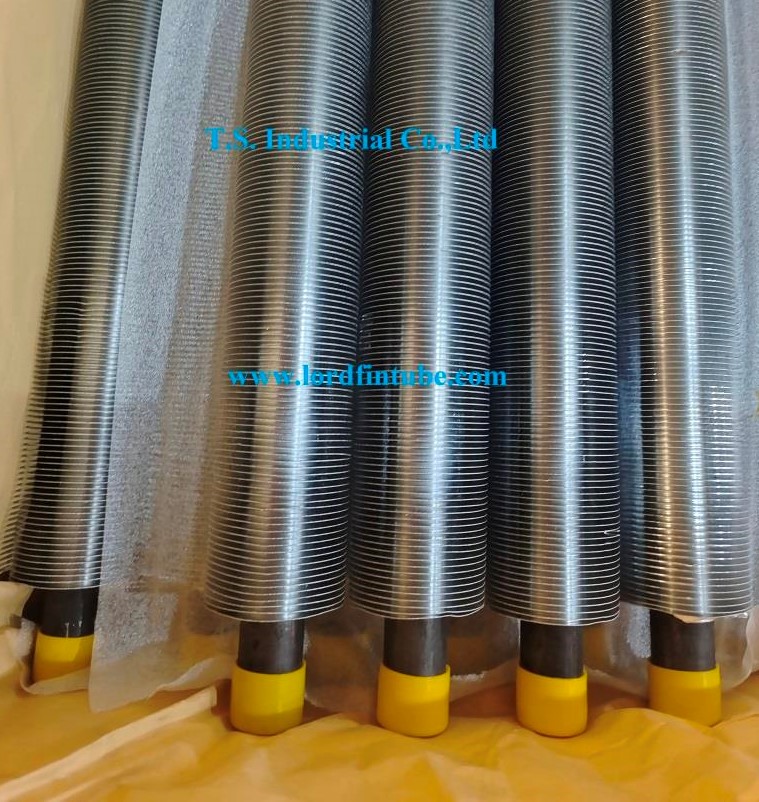What is aluminum finned tubes?
What is aluminum finned tubes?
Aluminum finned tubes are a type of finned tube air heat exchanger that uses aluminum fins attached to a tube made of a different material, such as copper or steel. The aluminum fins are typically extruded or formed to increase the surface area of the tube, which in turn increases the efficiency of heat transfer.
Aluminum finned tubes are commonly used in HVAC systems, as well as in industrial and power plant applications. They are preferred over other types of finned tubes in some applications because they are lightweight, corrosion-resistant, and have good thermal conductivity. Additionally, aluminum is relatively inexpensive compared to other metals commonly used in heat exchangers, such as copper and stainless steel.
The specific properties of aluminum finned tubes can vary depending on the alloy used to make the fins. For example, aluminum fins made from alloys such as 6061 and 3003 have good corrosion resistance and thermal conductivity, while those made from alloy 1100 have good workability and formability.
One potential drawback of aluminum finned tubes is their susceptibility to damage from physical impact or exposure to harsh chemicals. Therefore, it is important to choose the appropriate alloy and to use proper handling and maintenance techniques to ensure the longevity and efficiency of the heat exchanger.
Here are a few different types of aluminum finned tubes:
1. Helical finned tubes: These tubes have aluminum fins that are wound helically around the outside of the tube. This design creates a larger surface area for heat transfer than straight fins, making them more efficient. Helical finned tubes are commonly used in air-cooled heat exchangers, such as those used in HVAC systems and industrial cooling.
2. L-type finned tubes: L-type finned tubes have aluminum fins that are welded to the outside of the tube in an "L" pattern. This design is similar to H-type finned tubes, but with a slightly different geometry. L-type finned tubes are commonly used in air-cooled heat exchangers, such as those used in HVAC systems and refrigeration.
3. Low finned tubes: Low finned tubes have aluminum fins that are shorter and closer together than traditional fins, creating a larger surface area for heat transfer. This design can improve heat transfer efficiency by up to 50% compared to traditional fins. Low finned tubes are commonly used in air-cooled heat exchangers, such as those used in power plants and petrochemical processing.
4. Knurled finned tubes: Knurled finned tubes have aluminum fins that are created by knurling the surface of the tube, creating a series of small ridges. This design increases the surface area of the tube for heat transfer, while also improving the bond between the fins and the tube. Knurled finned tubes are commonly used in air-cooled heat exchangers and industrial heating applications.
5. Extruded aluminum finned tubes are a common and typical type of aluminum finned tube. The extrusion process involves forcing a heated aluminum billet through a die to create the desired tube shape, with the fins extruded from the tube surface.
6. Embedded aluminum finned tubes are another common type of aluminum finned tube, in addition to extruded aluminum finned tubes. Embedded fins are created by rolling a strip of aluminum onto the outside of a plain tube and then crimping the edges of the fins to ensure that they are securely attached to the tube surface.


